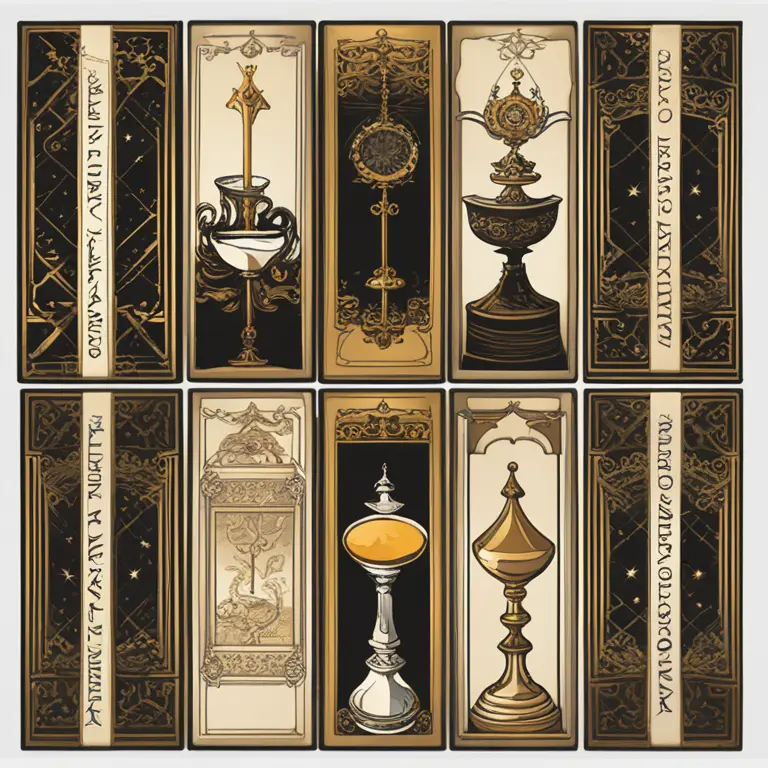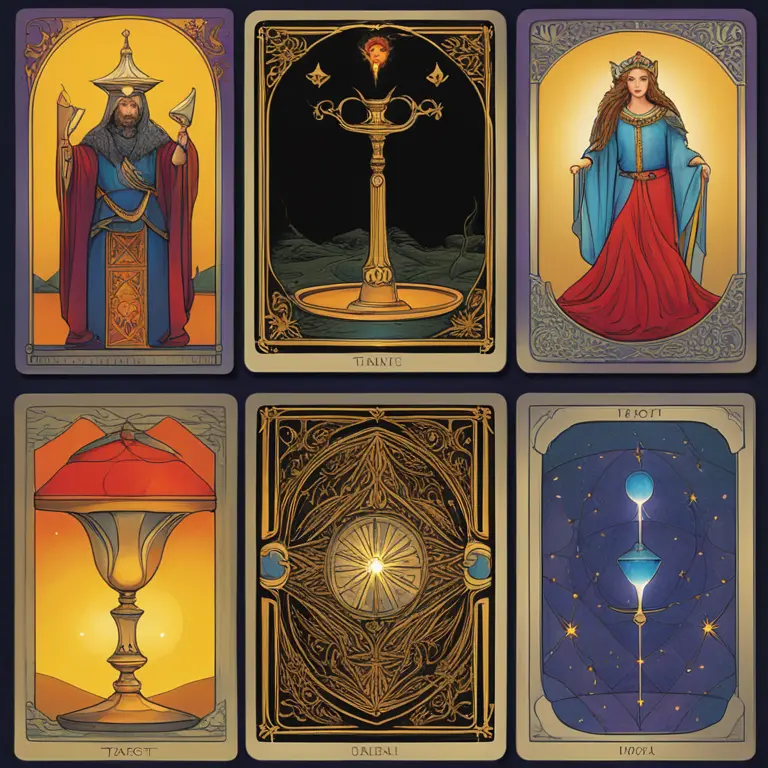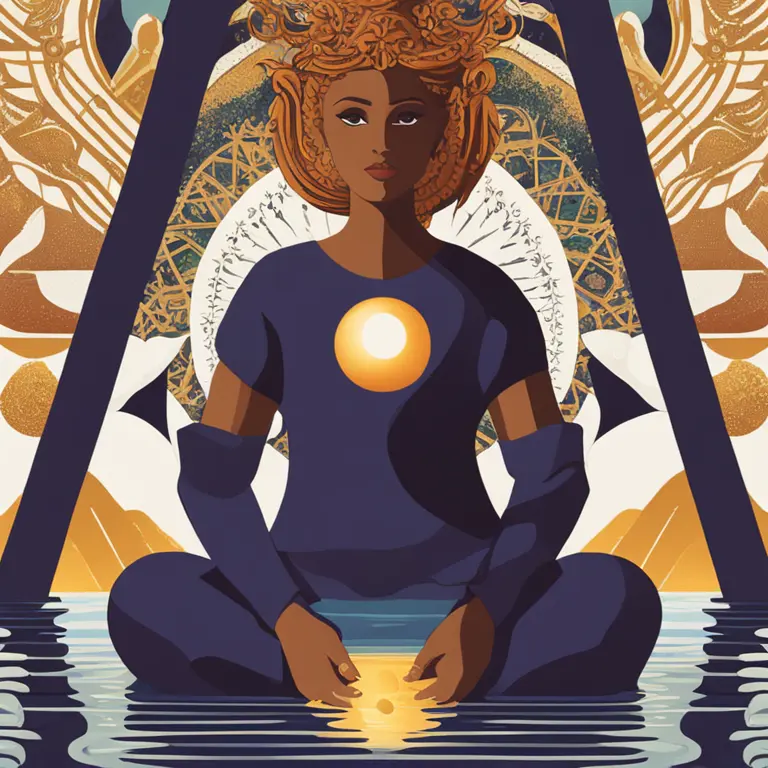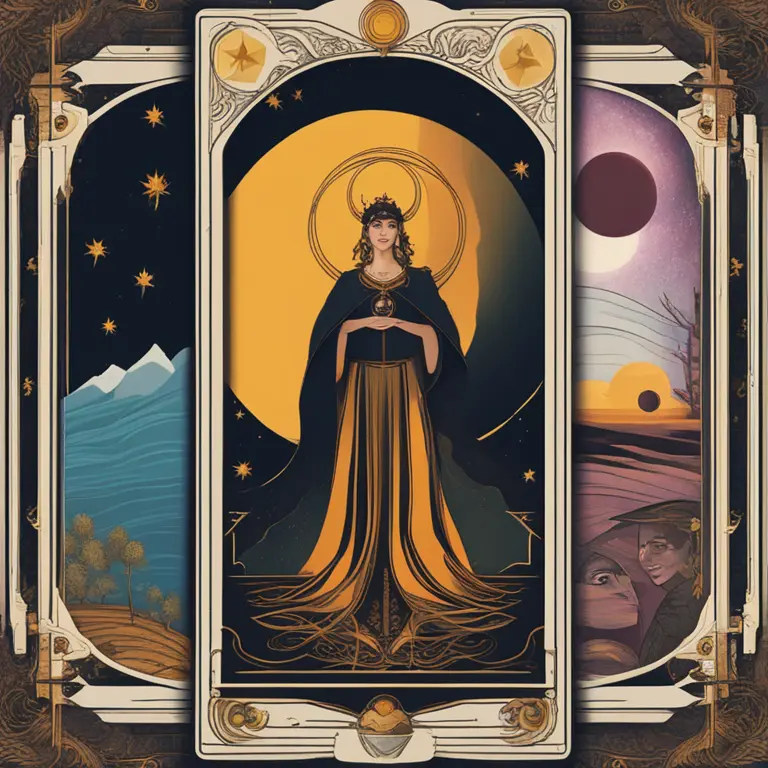
Introduction to Tarot
The Tarot is a deck of cards frequently used for divination, self-reflection, and spiritual guidance. Its origins are shrouded in mystery, with historical evidence dating back to the 15th century. Since then, Tarot has evolved, becoming a tool for psychological insight and mystical exploration. The deck typically comprises 78 cards, each rich with symbolism and meaning. In this article, we delve into the facets of Tarot and elucidate how they are used to gain a deeper understanding of past, present, and future circumstances.

The Tarot Deck Structure
Tarot decks are divided into two main sections - the Major Arcana and the Minor Arcana. The Major Arcana consists of 22 cards, each representing life's significant lessons and themes. They are often seen as a journey from The Fool, symbolizing beginnings, to The World, which represents completion. The Minor Arcana includes 56 cards divided into four suits: Cups, Wands, Swords, and Pentacles. These suits mirror various aspects of human experience, with Cups relating to emotions, Wands to creativity and action, Swords to intellect and conflict, and Pentacles to material matters.

Reading the Cards
Tarot readings involve shuffling the cards and laying them out in various spreads. Each position in a spread has a specific meaning, and the cards' placement influences their interpretation. A reader looks at the imagery, symbols, and narrative that the cards suggest to derive insight. While many believe that Tarot can predict the future, most practitioners see it as a tool for understanding options and possible outcomes, encouraging self-awareness and choice.

The Symbolism in Tarot
Symbols are the language of the Tarot, and learning to interpret them is key to understanding the messages within a reading. The imagery often contains archetypal elements, numbers, colors, and figures that speak to the subconscious. For example, water often represents emotions, while a mountain can reflect obstacles or attainment of goals. Each symbol can have multiple meanings, and the reader must intuit how it applies to the querent's situation.

Modern Uses of Tarot
While traditionally associated with fortune-telling, modern Tarot has broadened its scope. Psychologists have used it as a therapeutic tool, leveraging its archetypal images for personal insight and growth. Modern Tarot practitioners often focus on its potential to aid decision-making, enhance intuition, and serve as a meditative focus for understanding life’s complex facets.
Tarot in Astrological Practice
Tarot and astrology are complementary practices, with both providing layers of interpretation through symbolic language. Certain Tarot cards are associated with astrological signs and planets, adding a rich dimension to readings. In 2024, acknowledging the prevailing astrological climate can deepen the understanding of Tarot readings as they resonate with the universal energies at play.
Conclusion
Tarot is a multifaceted tool that can illuminate the woven tapestry of our lives. Whether used for self-discovery, guidance, or simply a love for the mystical, Tarot remains an enchanting and enduring aspect of metaphysical tradition. As you embark on your Tarot journey, keep an open heart and mind, allowing the rich tapestry of symbols to guide your path to greater understanding and insight.
Published: 1/17/2024
Modified: 1/17/2024
More predictions
Come back here soon to learn more about yourself and your future


Is He In Love with You? Insights from Tarot
Discover if he's in love with you through the mystical lens of tarot readings. Seek clarity and signs within the cards in this insightful article.


Do Tarot Cards Reveal Your Future Spouse?
Discover if tarot readings can provide insights into meeting your future spouse and how tarot symbolism unfolds the secrets of love and partnership.


Who Will I Marry? A Glimpse Through Tarot
Discover the potential of Tarot cards in revealing insights about your future spouse. Learn how the cards can guide you to understanding your path to marriage.